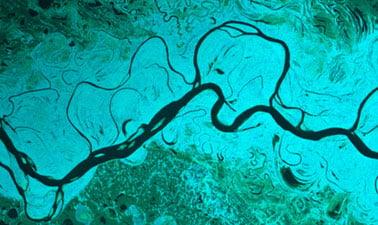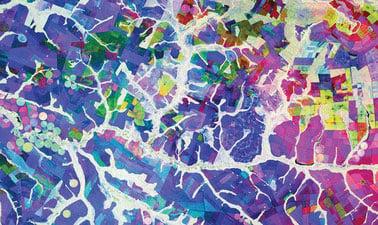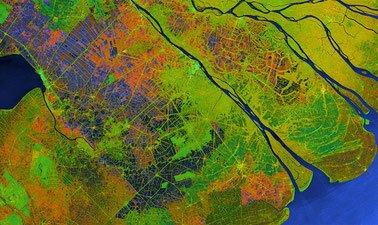Synthetic Aperture Radar (SAR): Applications Professional Certificate
What you will learn:
- Gain an intuitive understanding of SAR image and phase information.
- The role of wavelength and signal polarization on SAR image content.
- Use of interferometric SAR techniques to measure cm-scale surface deformation.
- Analyze ecosystem parameters using polarimetric information.
- Pick the optimal sensor wavelength and polarization for your application.
- Use of SAR images and time series analysis to map hazards such as flooding and deforestation.
- Use of interferometric SAR techniques to measure cm-scale surface deformation related to volcanic activity and landslides.
- Use SAR data to map and monitor agriculture extent.
- Apply SAR to map and assess forest degradation activities.
- Techniques to measure above-ground forest biomass from spaceborne SAR observations.
- Properties of different SAR sensor types.



